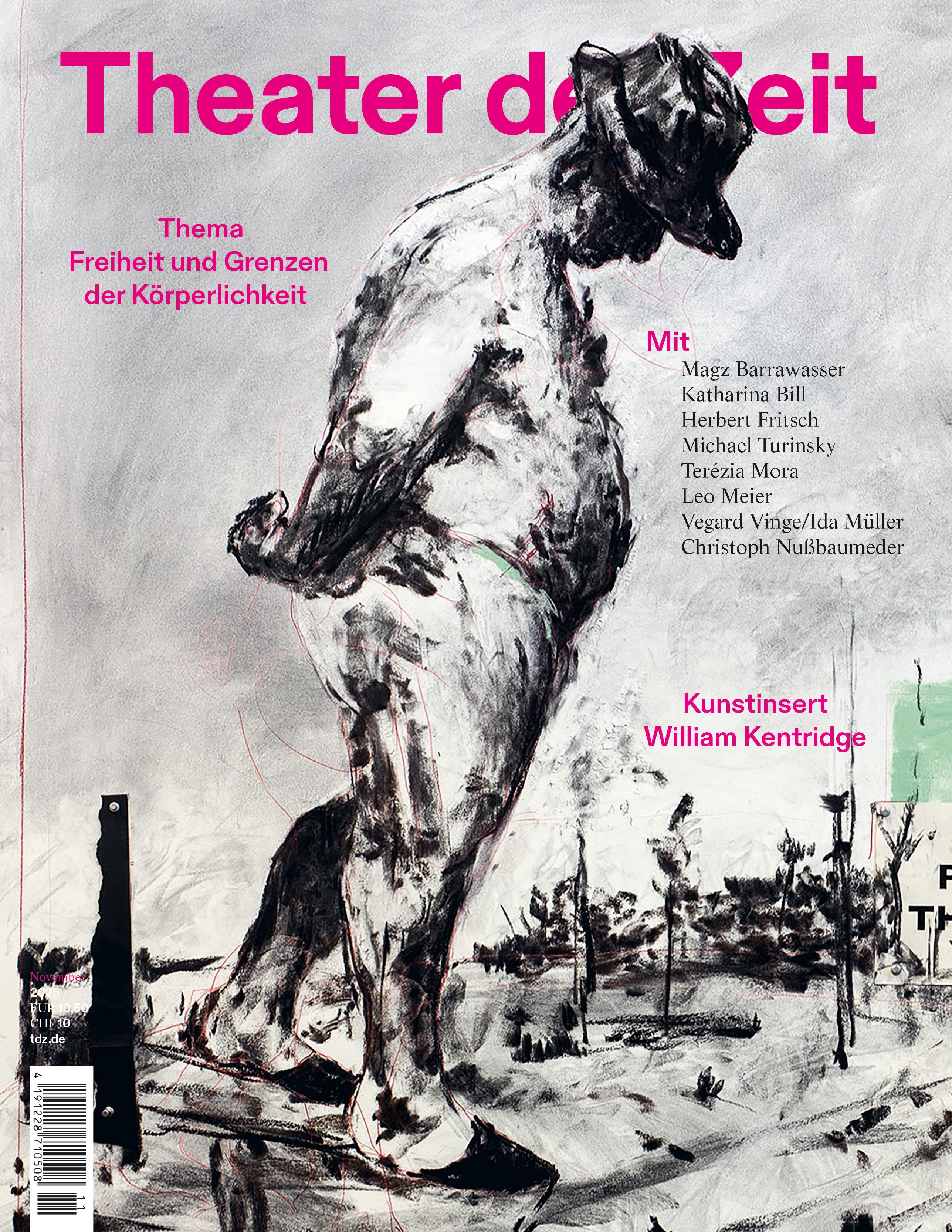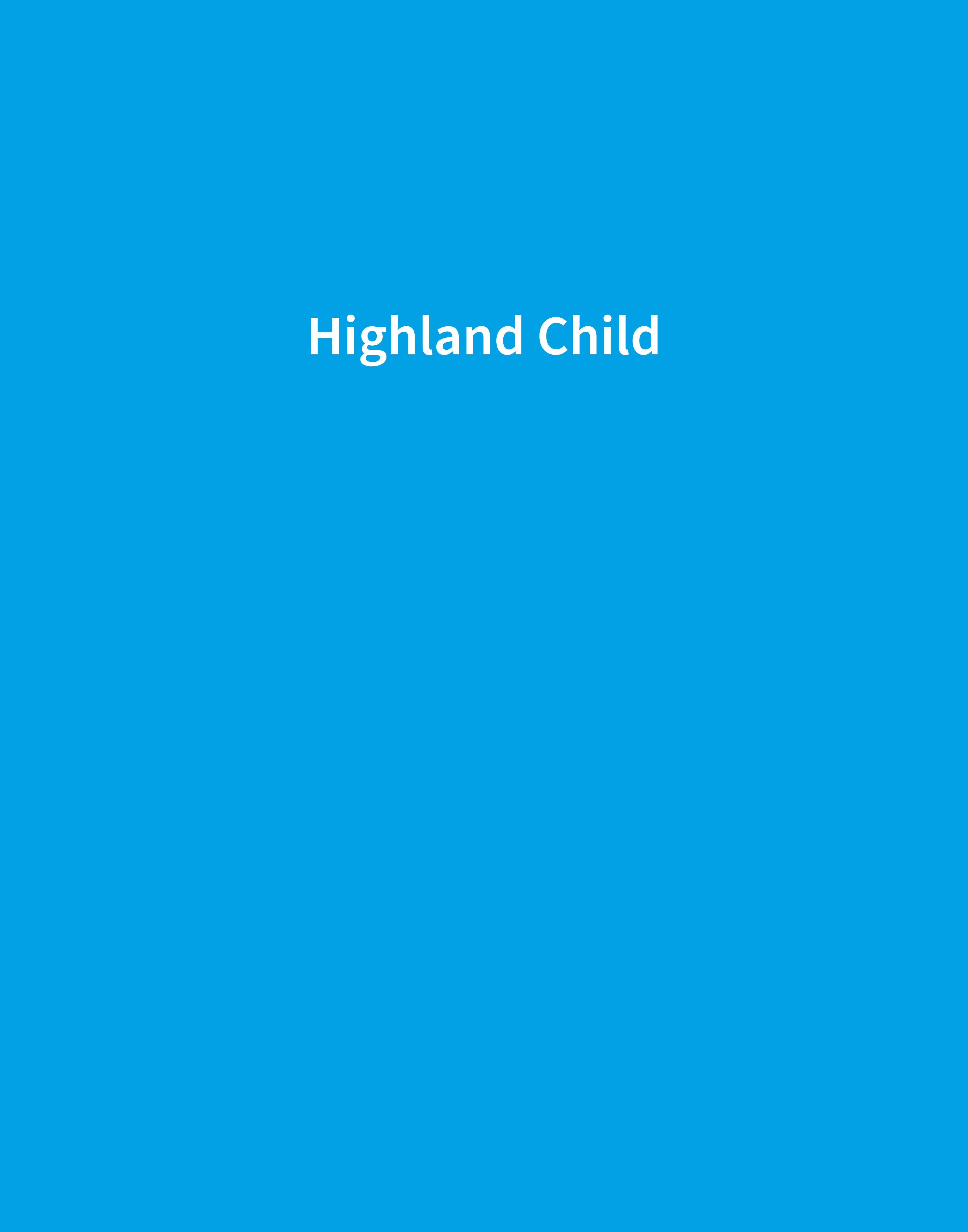Editorial
Erschienen in: ixypsilonzett: TYA in Germany – Current perspectives and experiences (03/2017)
Aus Anlass des Weltkongresses der ASSITEJ in Kapstadt (Südafrika) erscheint diese Ausgabe in englischer Sprache.
Performing arts for young audiences are produced in many ways and in diverse settings. Theatre professionals simultaneously work on many different levels and address diverse audiences. However, on all these levels professional discourses exist, quality is at stake and new developments can be seen and heard. In this issue of IXYPSILONZETT – the magazine of theatre for young audiences in Germany – we want to introduce readers to projects, programmes and debates, thus contributing to the discourse of those artists who come to the ASSITEJ World Congress in Cape Town in May 2017.
Children and young people have long been more than just the audience to address. Wolfgang Schneider and Anna Eitzeroth ask theatres to open up new possibilities for participation. To participate may mean being included into programming processes as well as actively taking part in society and developing ideas for political changes. Sara and Gordon Vajen present one of these cultural education projects where children with disadvantages from an economically weak and ethnically diverse suburb gain access to cultural institutions via epic theatre and by learning to tell fairytales themselves for their classmates. Producing theatre with children has undergone a change in recent years, as it has played a major part in a public debate on the role of cultural education. Experiments with new forms and audiences, especially from Belgium, have given rise to a new format of theatre with children which address adults. At the same time, theatre has become a relevant activity in school curriculae and leisure time. Peter Galka postulates a new awareness of theatre with children as art. Inclusive theatre, as it is discussed by Yvonne Schmidt and Mira Sack, adds another perspective by characterizing ways of creating performances in joint processes of handicapped and non-handicapped artists and the prerequisites this work needs.
The latest developments in music theatre for children and young people are described by Annett Israel who chooses a European perspective. Major funding initiatives have made an impact on contemporary dance where children and young people are addressed as spectators and participants alike when stories and movements become open to interpretation. New concepts of communication, which invite even the youngest spectators to move and be moved, are leaving their mark on the genre as Gabi dan Droste reports. Many TYA professionals started off with an idea of making the world a better place. What is happening to this ideal when international politics change rapidly, when right wing populism and alternative truths rise to dominance in discussions? In this context Grete Pagan and Henrik Adler call for a new and courageous reflection of contemporary dramaturgies. Much of what is pictured in this issue can only be perceived within an international framework. Artistic co-operations across borders seem to have become part of the daily routine, but how can partners in these co-operations meet on equal footing when theatres abroad have completely different working conditions than theatres here in Germany. Annika Hampel’s research puts a spotlight on the idea of “fair cooperation” and finds some surprising results.
At best this issue offers a variety of insights rather than an overview. One appeal is common to all contributions: Diversity is defined by openness and a multitude of perspectives. Diversity is not a condition, but a mission for theatre professionals all over the world.
Meike Fechner & Eckhard Mittelstädt
















